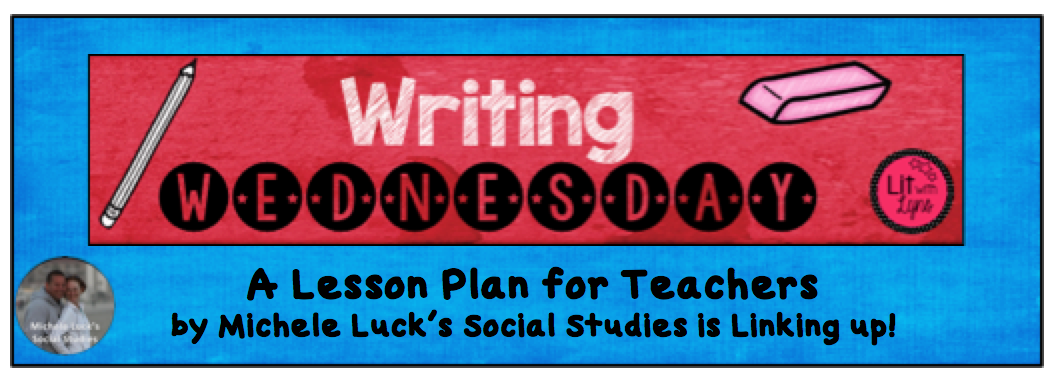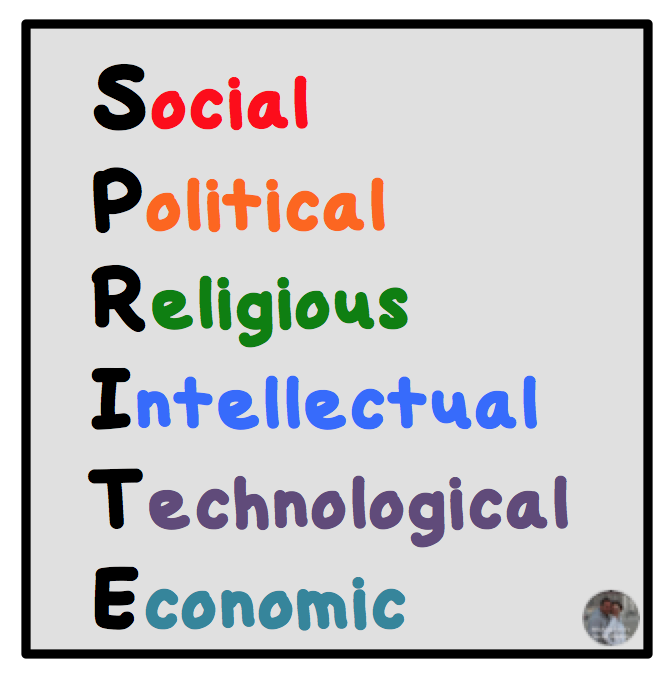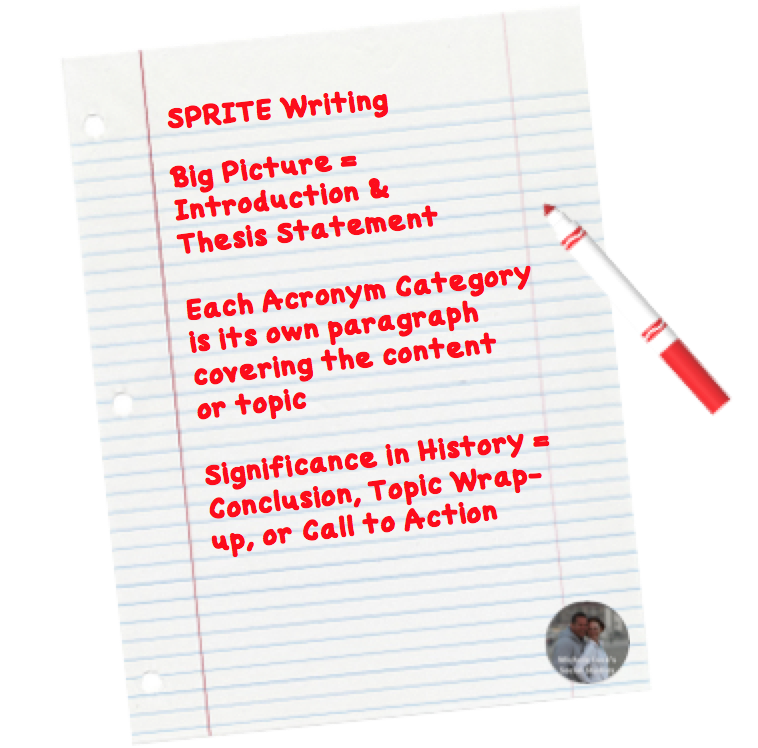
Writing in the Social Studies classroom can be a challenge. Teachers often face the reality that they have so much content to teach in so little time, and the writing process can easily be tossed out the window, sacrificed or passed back to the ELA Department.
In my Social Studies classes, I encouraged writing from the first moment of class to the last. Using my own Interactive Notebook format, I assigned a writing prompt for each bellringer at the start and one for each wrap-up at the end. In between, I also assigned research papers, creative writing, poetry prompts, and of course, traditional essays to assess student learning.
While other classrooms foster creative writing, the content-based essay writing, especially in a DBQ or Comparison format, could be a headache-worthy task. It required a strong understanding of content, the application of prior knowledge, and the utilization of verified sources.
So this month I teamed up with Lit with Lyns for Writing Wednesdays to show how I teach writing in my classes. And the tip is easy – I filled them up with SPRITE! Not the soda, but the acronym!

Teaching with SPRITE helps students remember the major categories so important for Social Studies, but it also helps them to organize their information in a way that simplifies the writing process.
- First teach the SPRITE acronym and categories. The acronym is easy to remember, especially if it’s introduced to students with a cup of soda. And using my free guide, have students learn what fits into each category.

- Next, start using a SPRITE Organizer when students are reading or learning class content. Practicing with the organizer will help students to identify content and the appropriate categories as they read or learn. Soon it will be habit.

- Then comes time to write. Teach the students the easy trick of turning their organizer into their writing outline, and eventually the essay or research paper assigned.

Once the basic organizational steps are mastered, students can learn to enhance their writing to add in quotes, document analysis, and more. In my classes, enhancements had to be added for each category, and in the case of specific writing tasks (DBQ, comparison, change over time), students were charged with including those components for each category as well.

So, here’s to writing (as I tip my cup of SPRITE)!
Happy Teaching!